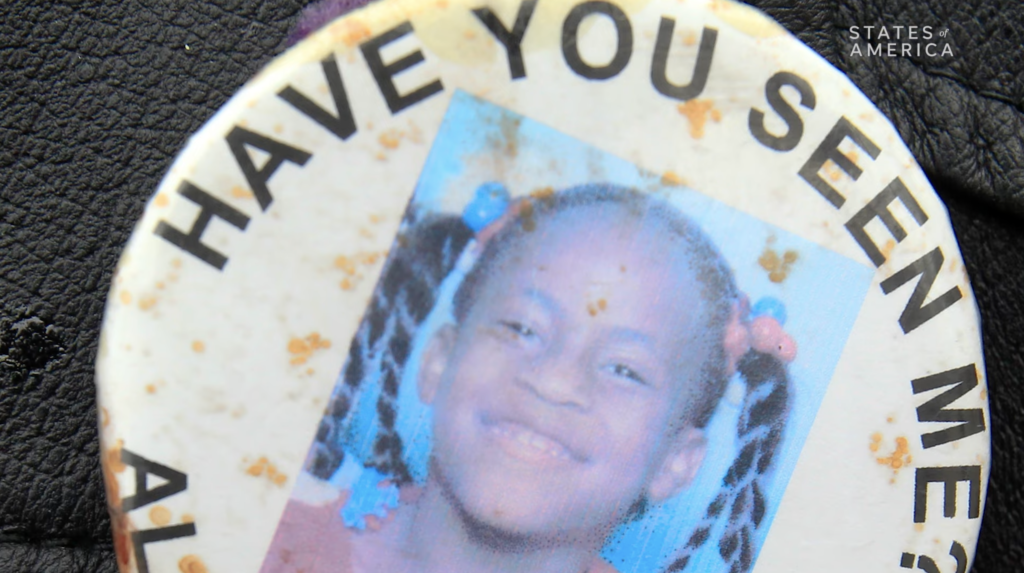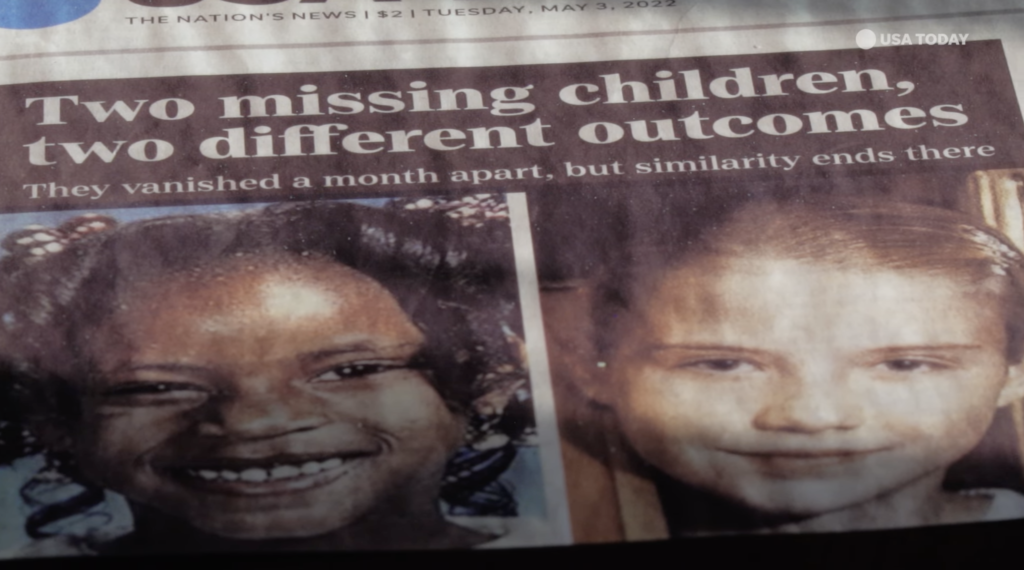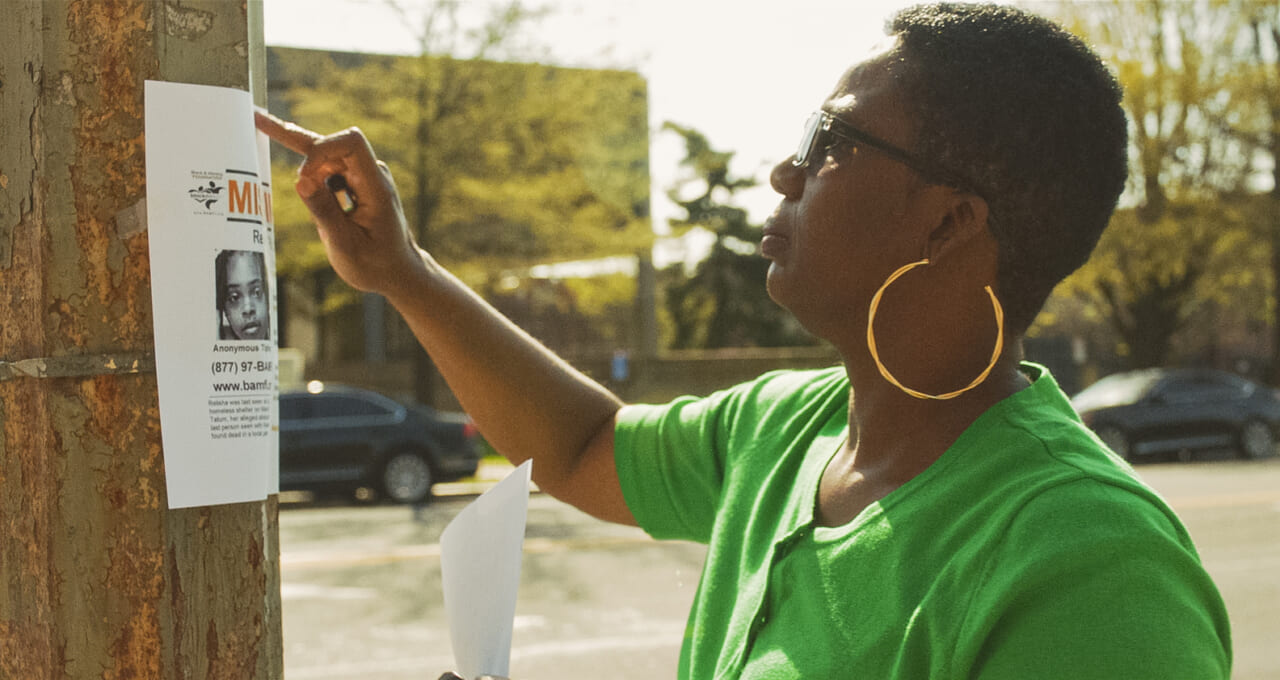Missing Black children not promoted on social media like white counterparts
An analysis by USA Today revealed that social media audiences still pick favorites by giving more likes, shares and views to posts about missing white children — especially girls — than missing Black children.
Black children disappear at significantly higher rates than their white counterparts, and it is no surprise that press coverage does not reflect this. It’s also not surprising that social media attention does not reflect this either.
According to an analysis by USA Today, the average number of views on posts about white girls was more than 63,000 in 375 videos that the National Center for Missing & Exploited Children (NCMEC) shared on Facebook. For Black girls, the average number of views was approximately 38,300.
USA TODAY examined the center’s video posts between October 2019 and June of this year, gathering data from the social media tracking tool, CrowdTangle. Reporters went through the posts to confirm each child’s gender, race, and age, and the place and time of their disappearance.

The data revealed that social media audiences still pick favorites by giving more likes, shares and views to posts about missing white children — especially girls — than missing Black children.
NCMEC published the most information about missing Black children based on the latest data. It also discovered that the number of views of posts about Hispanic girls and boys was approximately 62,000 and 58,400, respectively. Posts featuring white boys came in fourth place at 50,670 — and Black boys were in fifth place at approximately 37,550.
“For NCMEC, although we like the engagement, it’s not as important as getting the image in front of the correct people,” said Rebecca Steinbach, a senior producer at NCMEC, according to USA Today.
Researchers have shown that when persons of color disappear, the news media and police pay less attention, a phenomenon described as “missing white woman syndrome.”
Consuela Jobe knows about these disparities firsthand. She is the mother of Kamaria Johnson. The girl’s father reported her as a runaway in May 2021, immediately after the 16-year-old teen went missing from their home. The fact that she was classified as a runaway made it difficult to attract local media interest, so Jobe started her own Facebook page to spread the word about her daughter before eventually reaching out to NCMEC for help.
NCMEC posted a video about Johnson’s disappearance on May 31, about a year after she vanished. “Kamaria Johnson, now 17, has been #missing for a year, but to her mom, it seems like eternity,” the video said, according to USA Today. It received about 18,000 views, fewer than most posts but near average for posts about Black children missing for more than a year.
The case finally started receiving the attention her mother had hoped for a year later. Still, Jobe recalls seeing photos of two missing white children who ran away from an amusement park on television that night. Both girls, who went missing around the same time as Kamaria, were found – and the mother questions whether immediate action could’ve helped her own daughter, too.
“It’s very hurtful,” Jobe said “I was struggling to even try to get her picture out there.”
Managers of NCMEC’s social media said they prioritize the most disadvantaged missing children and those ignored by the media. The center posted more videos about missing Black kids than other children on its Facebook page, which has close to 1.2 million followers.
The USA TODAY analysis also found that a larger number of Facebook pageviews did not necessarily translate into a higher rate of rescue. Instead, time was a better predictor of success. For instance, white children tended to be missing longer when their videos were posted and their rate of recovery was lower than the recovery rate for Black children.
Michelle N. Jeanis, a criminal justice scholar at the University of Louisiana, Lafayette, saw comparable disparities when she looked at posts on the Facebook page for the Resource Association for Missing People (RAMP). The Louisiana-based nonprofit is dedicated to missing adults and children in the South.
She said it makes sense for the center to prioritize videos involving Black girls in particular, who experts have discovered to be more at risk of going missing than other groups. In theory, this should encourage more interaction with posts concerning Black girls.
Jeanis experimented with various techniques this year to increase the number of people who saw Facebook posts concerning missing people of color.
She discovered that paying to boost posts about missing people of color — effectively advertising them to a particular audience — helped level engagement rates. However, it had little to no impact on boosting posts for white women and girls.

It’s unclear whether the paid promotion of posts affected the USA TODAY study because CrowdTangle doesn’t say whether they received a bump.
For the sake of her experiment, Jeanis made missing-person posters for 24 pairs of missing individuals who shared a typical demographic. In the state where they vanished, one pair received a boost while the other did not, which continued in all neighboring states.
The data is still under review, but Jeanis was able to help find five of the 48 subjects who were all in the boosted group. She expressed hope that uncovering strategies to raise awareness of all missing individuals would help bring more of them back home to their families.
TheGrio is FREE on your TV via Apple TV, Amazon Fire, Roku and Android TV. Also, please download theGrio mobile apps today!
More About:News











